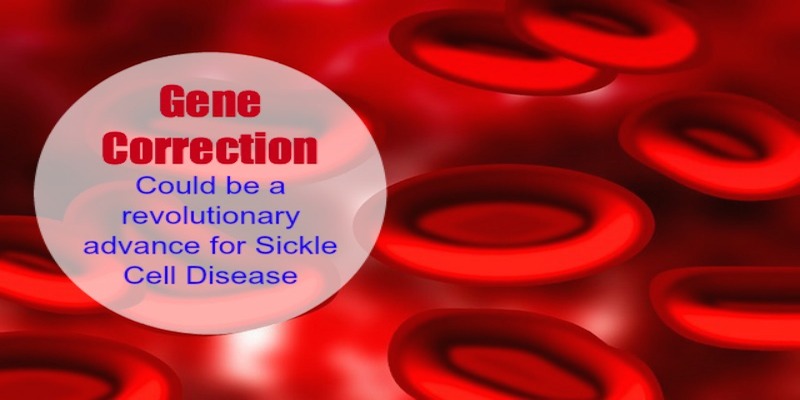Scientists at Cold Spring Harbor Laboratory may have found a revolutionary advance to help patients with Beta Thalassemia. Their study could help prevent Sickle Cell Disease, however, it’s important to note that Beta Thalassemia and Sickle Cell patients have different genetic blood mutations.
Yet, my heart skipped a beat for a second. I can now see a brightened future. 5 years ago after my husband and I received news that we both have the Sickle Cell Trait, we resolved that we would have children again. Yes, that simple, no more kids. Even though there would only be a 25% risk of us having another child with Sickle Cell Anemia the risk are not worth it. Sentencing a child to a life of pain seems unfair to us so we shower all of our love our kids we have and let go of future desires to have more children. While I am sure, the possibilities of this new study may not make a revolutionary difference in our lives, it does give me hope that one day, my daughters may not have to live in fear of having children of their own who are not born with a Sickle Cell Disorder.
What’s the New Study?
The study is a gene correction surgery. Where scientist, using the CRISPR/Cas genome editing technology, removed the faulty DNA, without altering the patients normal blood cells.
What is the Crispr technique?
Crispr is a new way of editing the human genome with extreme accuracy and efficiency, and has generated intense interest across the world since it emerged last year. In this study it corrected the two inherited mutations of a Chinese patient’s haemoglobin gene with perfect precision, the scientists said.
The good news, is
The scientists were able to remove all the genetic “markers” used in the procedure so that the resulting red blood cells showed no evidence of having any corrections made to its DNA – they were also healthy in appearance and shape.
What are the limitations?
Unfortunately, According to Professor Kan the biggest drawback with this technique is that it may be difficult to find good high-quality red blood cells to be transfused back into the patient.
When will this new procedure be available?
Yuet Wai Kan of the University of California, San Francisco, the lead author of the study published in the journal Genome Research, said: “I believe it will take quite a few more years before we can apply it in a clinical setting.”
Reference
Steve Conner. Gene correction technique could revolutionise treatment. (Aug 5, 2014). The Independent. Retrieved August 8, 2014 from http://www.independent.co.uk/life-style/health-and-families/health-news/gene-correction-technique-could-revolutionise-treatment-9649983.html.
Image from Pixabay.com


